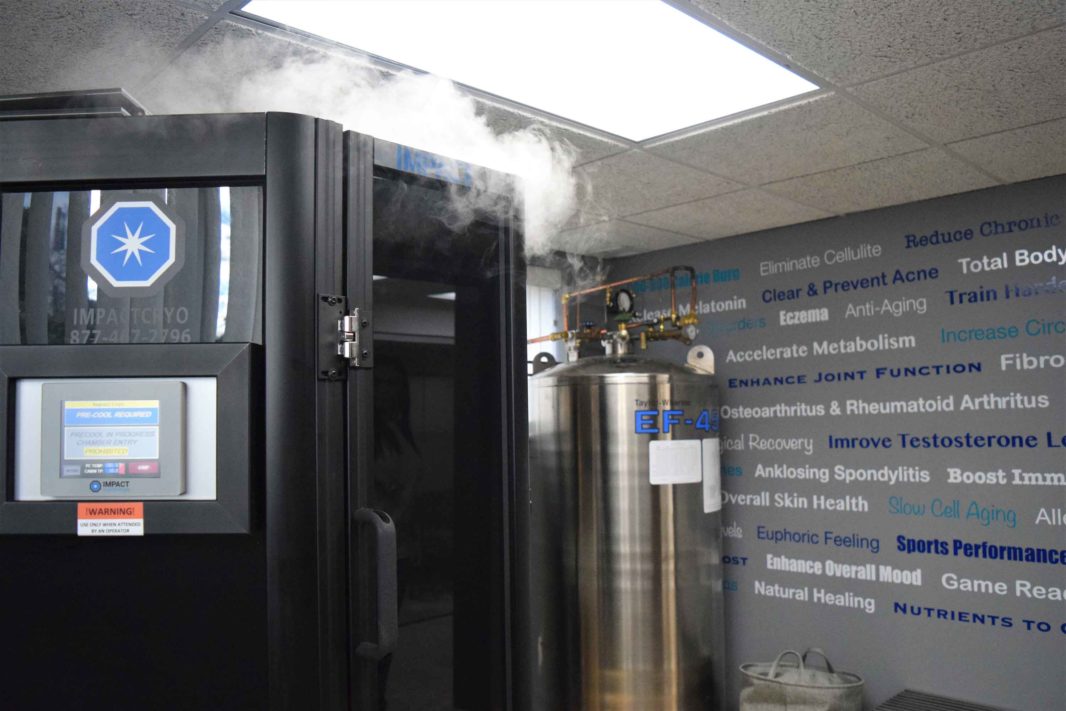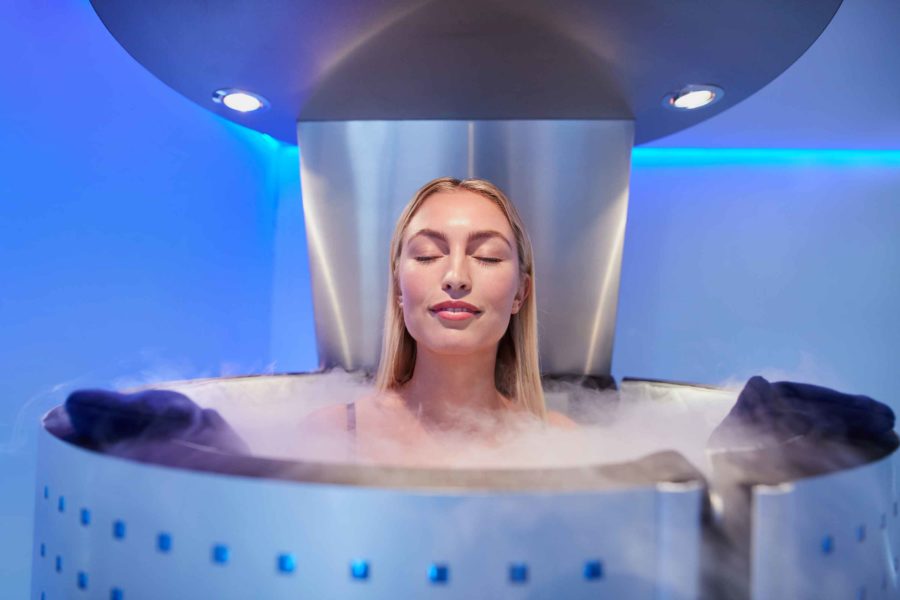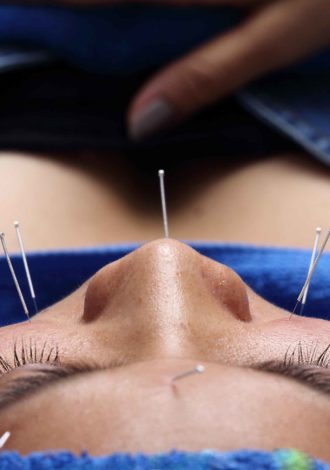Although scientists haven’t yet figured out how to preserve human life by cryogenically freezing you, the next best thing could be to try out cryotherapy.
Many Hollywood celebrities, wellness gurus and professional athletes have claimed to reap the benefits of cryotherapy, which include chronic pain management, collagen production and immunity boosting. But, celebrities recommend a lot of things. Should you do this?
Valerie Vest, founder of inBody med spa in Arlington, Massachusetts, is a trained aesthetician and administers cryotherapy and other services such as float therapy and infrared sauna.
Vest is an advocate for the various benefits cryotherapy can offer, especially as someone who used it to treat her own inflammatory issues. A decade ago, Vest had a medical device surgically placed inside her body as a form of birth control, but doctors only just realized recently that her body had been rejecting it. “I had heavy toxin levels, was tired all the time and basically had an inflammatory response to it,” says Vest.
“After doing cryotherapy, I felt my body detoxing, and it was amazingly helpful in getting through my symptoms,” she says. Vest recently had the device removed, but says she still occasionally undergoes cryotherapy for its other benefits.
During a cryotherapy session, you step into a cryosauna chamber that fills with nitrogen vapor and dry chill, exposing the whole body, except for the neck up, to temperatures between -130F and -184 F. Exposure to such extreme temperatures only occurs for two to three minutes maximum, enough time to trigger a physical response from the body without causing permanent damage.

Photo: Karen Morales
The walls at inBody remind clients of the many possible benefits of cryotherapy.
At such low temperatures, the body goes into self-protection mode, drawing all the blood from the extremities into the body’s core. From there, the body’s natural filtration system removes toxins and inflammatory properties from the blood. The blood re-oxygenates and fills with vital nutrients and enzymes before recirculating back into the outer extremities.
According to Vest, once you step outside the cryosauna, “you feel a rush of endorphins and you’re re-energized.” Other possible benefits include pain relief, improved clarity and focus and a spike in metabolism.
Athletes, who experience regular muscle soreness and recovery, or individuals who suffer from autoimmune disorders or arthritis, are shown to benefit the most from this type of therapy.
Individuals with certain conditions however, such as heart disease, high blood pressure, hypertension or circulatory issues should not undergo cryotherapy. Women who are pregnant are also advised not to do it.
Vest tells Exhale that there are no major side-effects to cryotherapy treatment, but according to other sources, there are risks involved. To prevent risk of frostbite, clients must be completely dry, as water at those temperatures automatically freezes. Protective wear for the hands and feet are given to inBody clients to protect the body’s extremities.
According to the American Academy of Dermatology, in addition to the very rare case of frostbite, (as in the case of 2004 Olympic champion Justin Gatlin who stepped into a cryotherapy chamber with moist socks), there is also the possibility of cold panniculitis, a rash that occurs when cold injures the skin’s fatty tissue.
Those considering cryotherapy should also be aware that the U.S. Food and Drug Administration has not cleared or approved whole body cryotherapy for medical treatment of any specific medical conditions.
Vest tells Exhale that cryotherapy is more efficient and powerful than taking an ice bath, which is a lot more uncomfortable to endure and has less benefits. “Ice baths do decrease inflammation, but they don’t improve circulation or boost the immune system,” says Vest. “Cryotherapy just feels like stepping into a dry cold winter day for a few minutes.”
In that case, trying cryotherapy should be a walk in the park for Bostonians in the winter time.



 3 min read
3 min read


